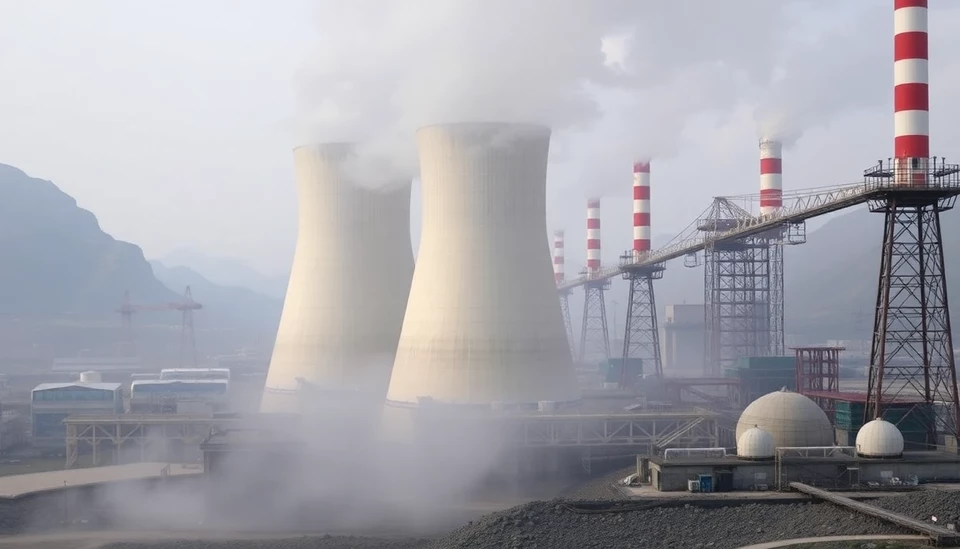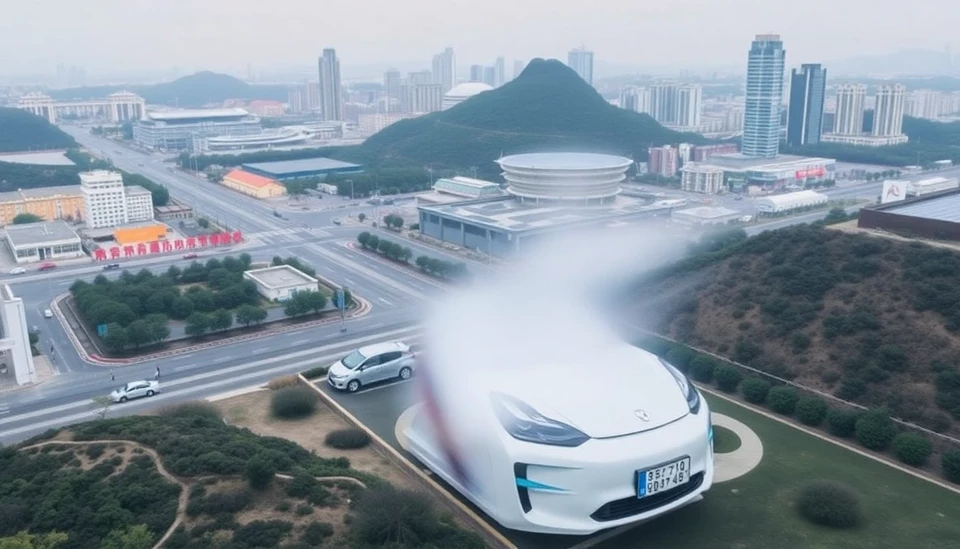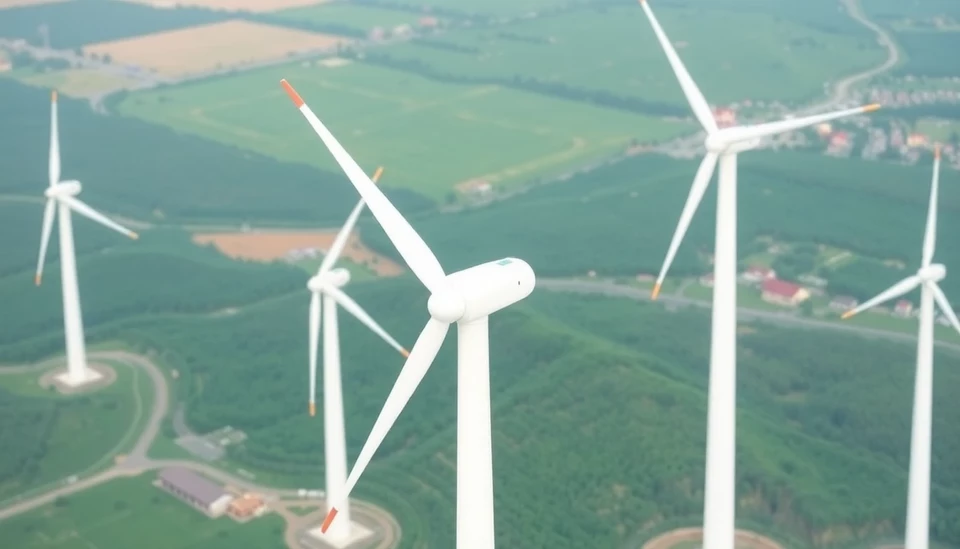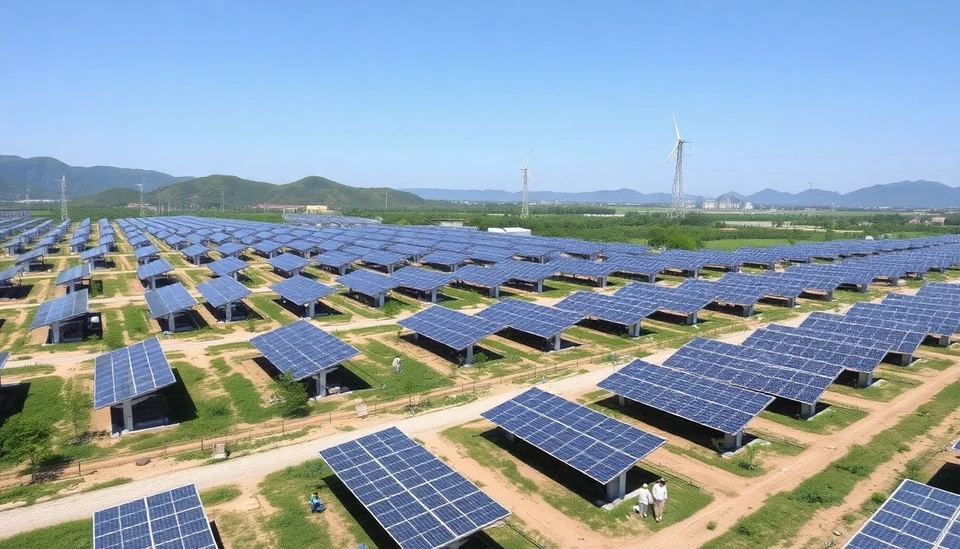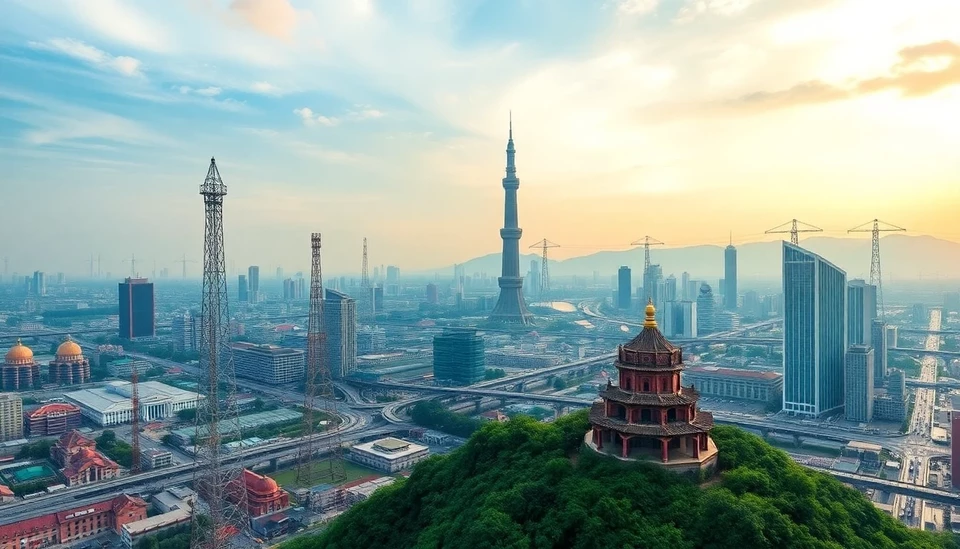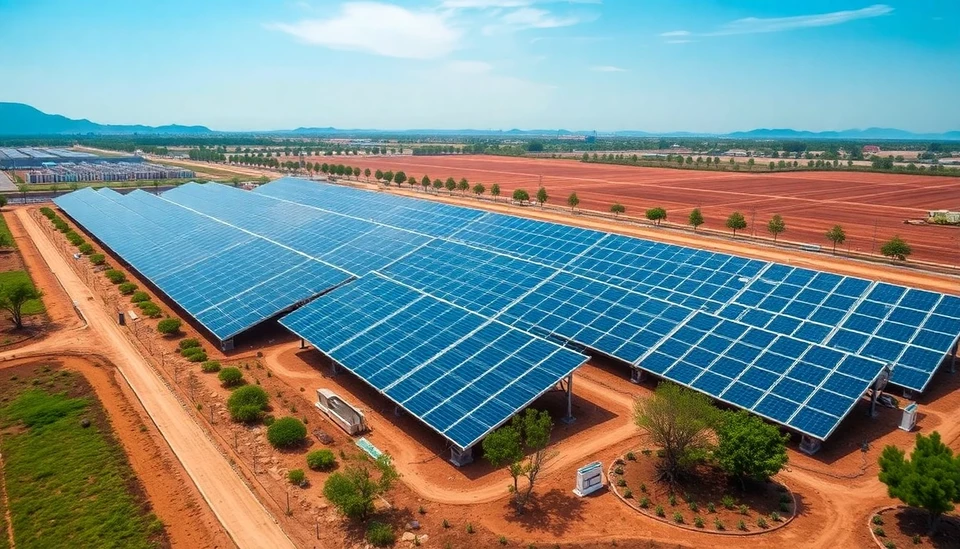
China, the world's leader in renewable energy production, is now facing a significant challenge as the rapid growth in renewable energy installations begins to stress its electrical grid. Recent reports indicate that the country is announcing new restrictions on the development of renewable projects, notably solar and wind energy, in light of the complications arising from excessive output and insufficient infrastructure to manage the distribution of power.
The central government's decision, prompted by a record surge in renewable installations, underscores a dilemma that has emerged as green technologies become a cornerstone of China's strategy to reduce carbon emissions. In 2025 alone, China saw the addition of remarkable capacity in solar and wind energy systems, eclipsing all previous annual records. However, the quick expansion has outpaced the grid's ability to support these renewable sources, leading to intermittent power and localized blackouts.
Experts have voiced concerns that the current energy constraints are jeopardizing the ambitious goals laid out in China's climate action plans. The Ministry of Ecology and Environment (MEE) is reportedly advising local entities to take a more cautious approach when approving new renewable energy projects. This has led to a noticeable slowdown in licenses for new installations, particularly in regions where the grid is already feeling the pressure from existing renewable capacity.
While the intention behind these measures is to stabilize the grid and ensure a reliable energy supply, analysts warn that such restrictions may hinder long-term investments in renewable technologies. The Chinese government has aimed for a peak in carbon emissions by 2030 and has pledged to achieve carbon neutrality by 2060, making it crucial for the country to balance immediate grid stability with future energy aspirations.
The grid's limitations are further exacerbated in northern regions, where wind energy capacity is abundant, but the existing infrastructure is struggling to transmit that energy effectively to demand-heavy areas. Additionally, renewable power plants often experience curtailment, where generated electricity cannot be utilized or sold, resulting in financial losses for project developers and raising concerns among investors about the viability of future renewable initiatives.
In response to these challenges, China is reportedly investing in upgrading its grid infrastructure to accommodate the growing influx of renewable energy. The focus is not merely on expansion but also on enhancing the technology that underpins grid management to ensure that it can handle fluctuations in energy production resulting from weather patterns, especially for wind and solar sources.
Despite the current regulatory backlash against new renewable projects, experts emphasize that innovation in energy storage solutions and grid interconnections will be pivotal to navigating this transition. Policymakers are under significant pressure to harmonize growth in renewable energy with grid readiness, signaling that a strategic overhaul of both policy and infrastructure is on the horizon.
With the global spotlight on China's energy transformation efforts, the implications of these restrictions on renewable energy development may not just remain confined within its borders but could ripple throughout the international community, influencing global energy markets. As China strives to strike a balance between immediate grid demands and long-term sustainability goals, the sector's future trajectory will be closely monitored by environmentalists, investors, and policymakers alike.
In summary, while China is making considerable strides in renewable energy, the current limitations of its grid infrastructure pose a serious challenge. The decision to curtail new projects may offer a temporary solution, but it also raises questions about the country's ability to fulfill its ambitious climate commitments.
#ChinaEnergy #RenewableEnergy #SolarPower #WindEnergy #EnergyGrid #GridStability #ClimateGoals #SustainableFuture
Author: Megan Clarke
